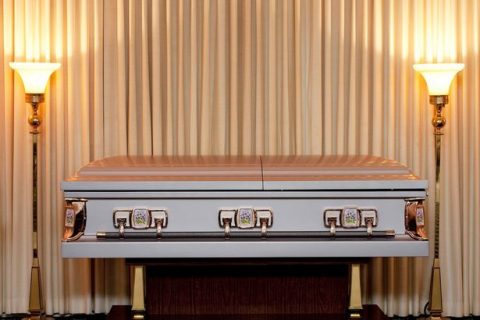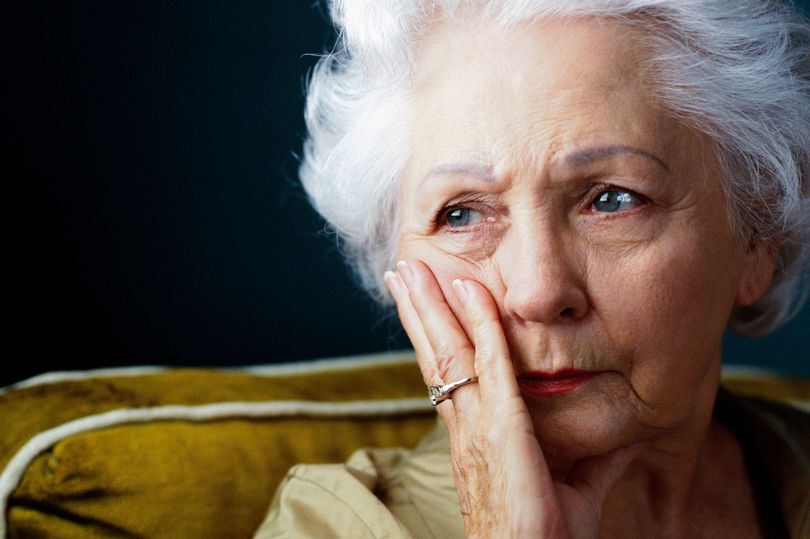A friend of mine lost her husband to cancer 18 months ago and understandably she was devastated. Her family and girlfriends drew around her with sympathy and support.
After six months or so we began suggesting outings, lunches, meetings for tea and coffee, but she was inconsolable and refused all our entreaties to re-engage with life.
She’s closed herself off from the world, and her grief seems endless.
When faced with the death of a loved one, most people experience transient rather than persistent distress, and don’t develop a mental health condition. So can grieving go on too long?
In trying to find an answer to these questions, I came across the conditions of disturbed grief – prolonged grief disorder (PGD) – and persistent complex bereavement disorder. Could my friend be suffering one of these?

Bereavement, specifically the sudden, unexpected death of a loved one, is associated with an elevated risk for quite a number of psychiatric disorders.
Researchers at Utrecht University in The Netherlands have made a study of these conditions, and published it in the British Medical Journal.
PGD is defined as ongoing separation distress beyond the first 6-12 months of bereavement and occurs in approximately one in 10 bereaved people, especially following the death of a partner or child.
Each person’s grief is unique. There are the well-known “stages of grief”, but for many people they don’t represent what they’re going through.
People with PGD are disabled by the distress of loss, the difficulties confronting the reality and a pervasive sense of meaninglessness about life without the deceased loved one. It isn’t easy to treat or recover from but some approaches offer hope.
Exposure interventions are aimed at encouraging talking and exploring the bereavement through conversation or writing about the loss. Maybe we’ve been less than helpful with our grieving friend. A good start would be just talking about where her grief is at.
Cognitive Behaviour Therapy can identify and change negative thoughts which block adjusting to the loss.
We could help her there too by encouraging her look to the future.
And behavioural activation is designed to enable re-entry into normal life, to combat avoidance and gradually become engaged with life again. We could help her with re-entry.
Some people feel that recognition of PGD as a mental health condition could stigmatise people, but it can be comforting to receive the diagnosis.
It can turn self-blame about “being unable to cope” into confidence that treatment might help. I’m sure this is the way ahead for my friend.

